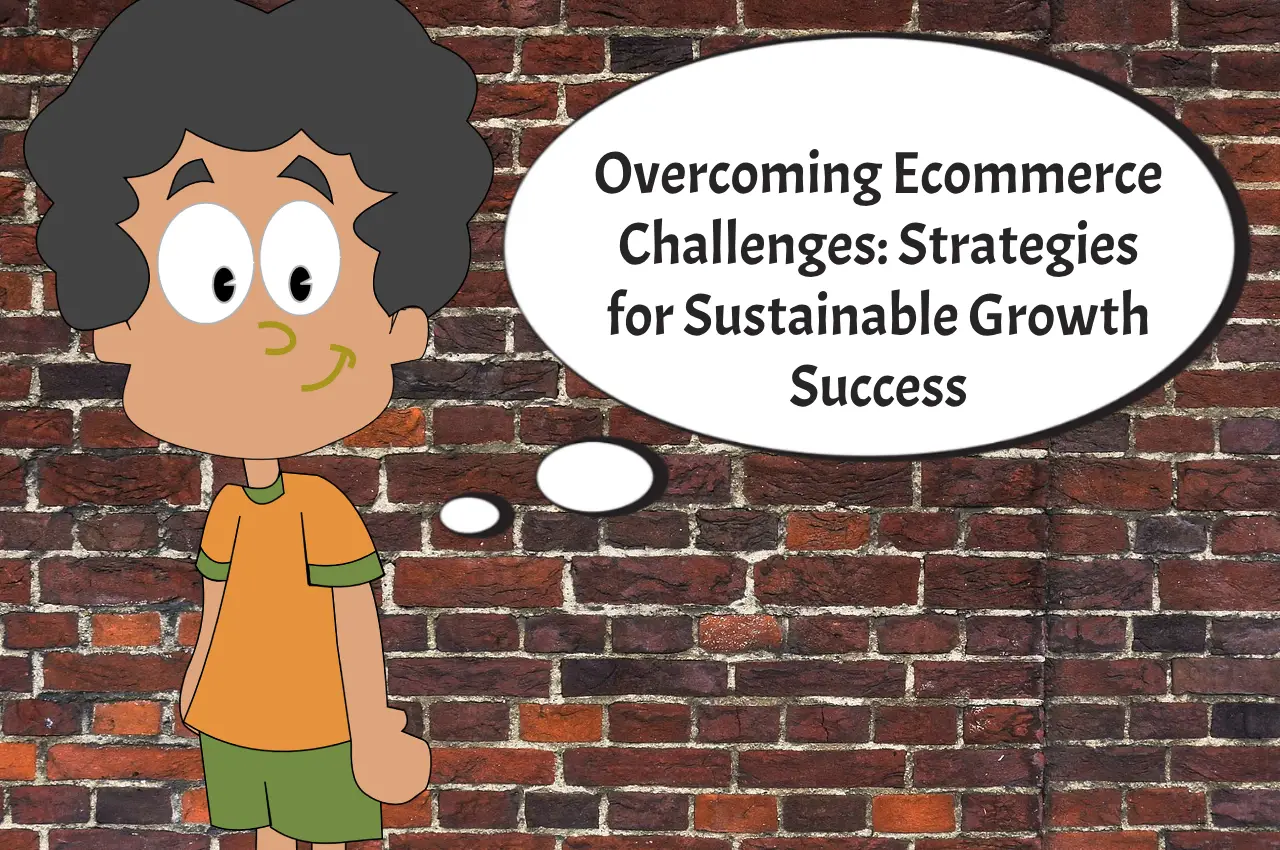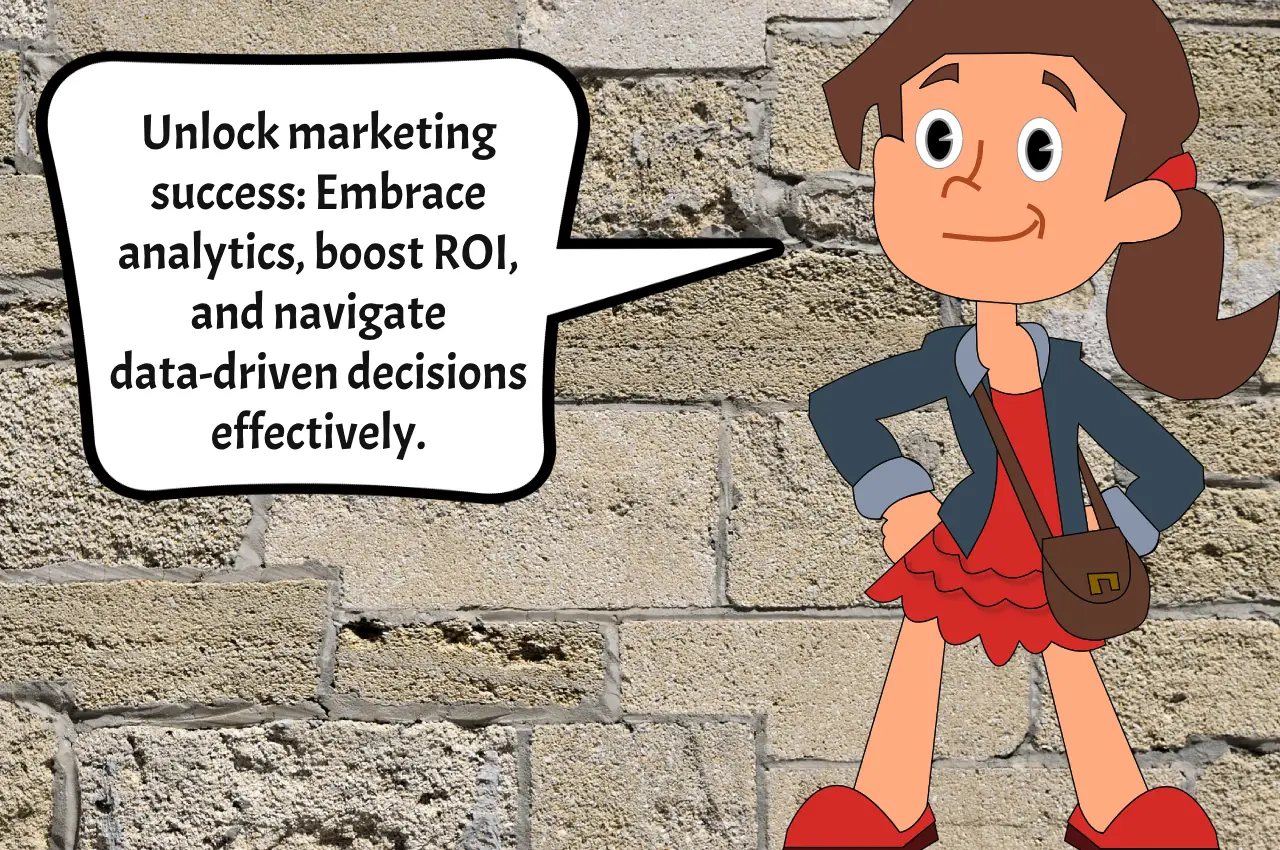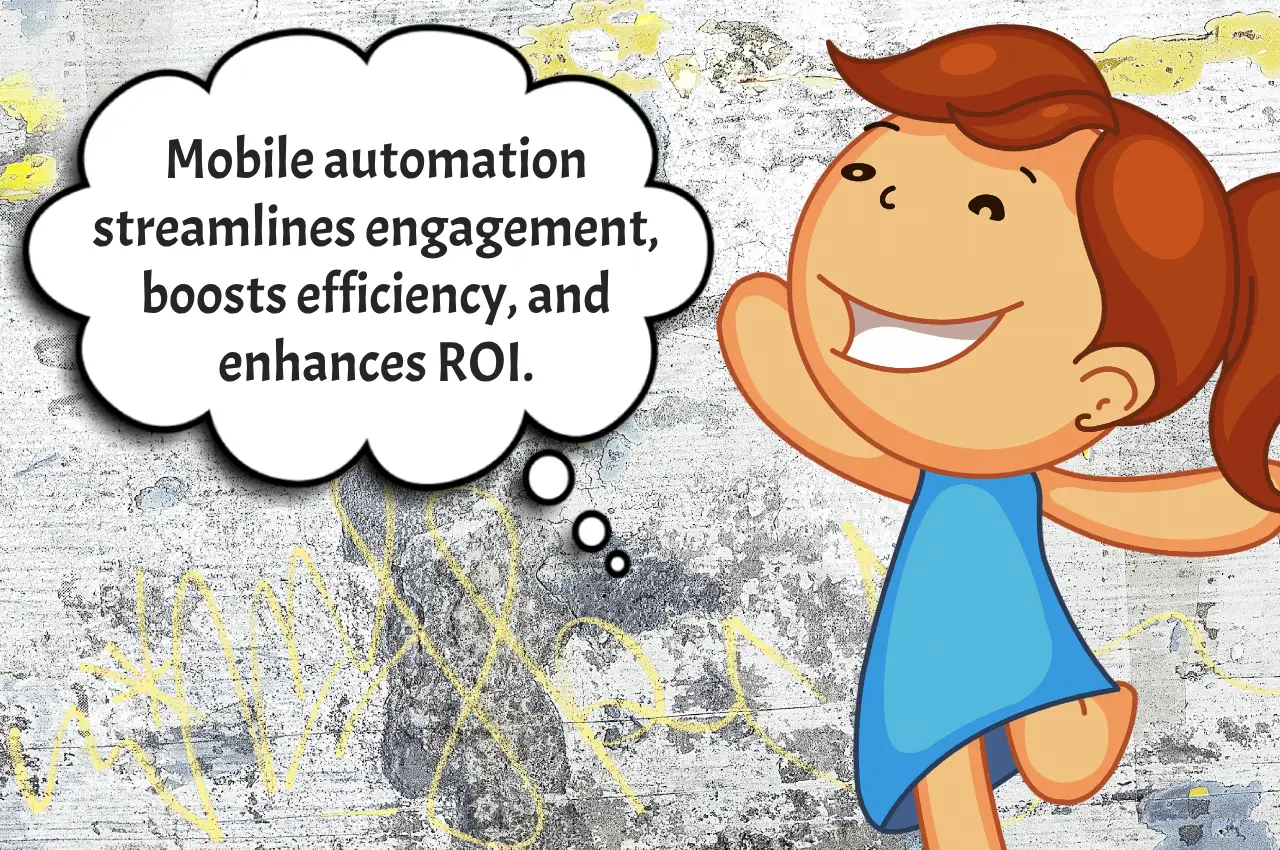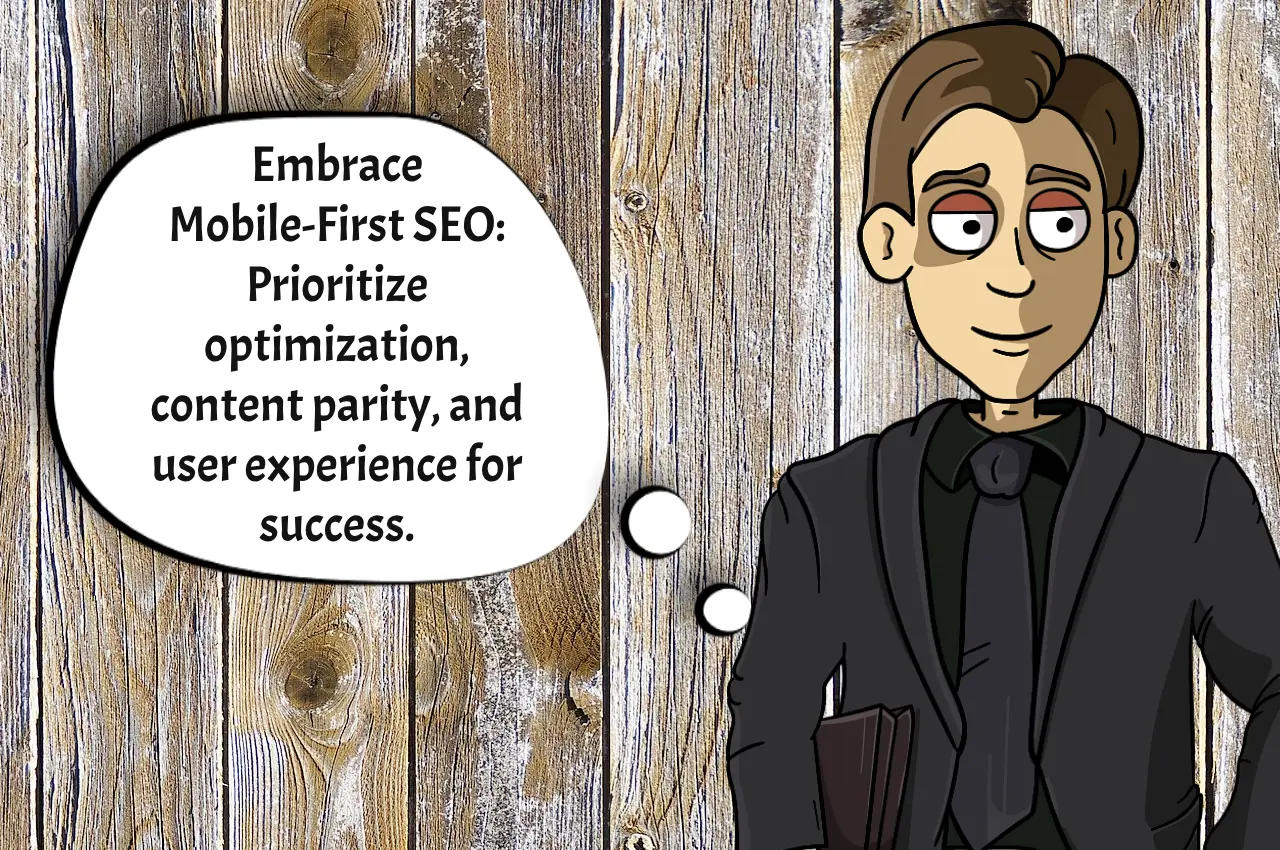Crafting a successful ecommerce venture involves more than just setting up a website and listing products. It requires strategic marketing efforts to attract and retain customers in a competitive online landscape. However, along the journey, ecommerce marketers encounter numerous challenges that can impede their progress. In this guide, we’ll delve into some common hurdles faced by ecommerce businesses and explore effective strategies to overcome them.
Understanding Your Audience
One of the fundamental aspects of ecommerce marketing is knowing your target audience inside out. Without a clear understanding of who your customers are, their preferences, and their pain points, your marketing efforts are likely to miss the mark. Take the time to conduct thorough market research, gather data analytics, and create buyer personas to gain insights into your audience’s demographics, behavior, and interests.
Search Engine Optimization (SEO) Dilemmas
In the vast digital landscape, visibility is key to driving traffic to your ecommerce platform. However, achieving high search engine rankings can be challenging, especially in saturated markets. Effective SEO tactics are essential to enhance your website’s visibility and attract organic traffic. Focus on optimizing your product pages, creating high-quality content, building backlinks, and utilizing relevant keywords to improve your search engine rankings and drive targeted traffic to your site.
Conversion Rate Optimization (CRO) Struggles
Converting website visitors into paying customers is the ultimate goal of ecommerce marketing. However, low conversion rates can hinder your business growth and profitability. Conduct A/B testing, optimize your website’s user experience, streamline the checkout process, and leverage persuasive copywriting to improve your conversion rates. By continually analyzing and refining your conversion funnel, you can enhance the overall shopping experience and boost sales.
Building Brand Awareness
In a crowded ecommerce landscape, building brand awareness is crucial to stand out from the competition and foster customer loyalty. Establishing a strong brand identity, leveraging social media platforms, partnering with influencers, and implementing content marketing strategies are effective ways to increase brand visibility and engagement. Consistency, authenticity, and storytelling play vital roles in shaping your brand’s narrative and connecting with your target audience on a deeper level.
Managing Customer Relationships
Maintaining positive relationships with customers is paramount for long-term success in ecommerce. However, managing customer inquiries, resolving complaints, and providing exceptional post-purchase support can be challenging, especially as your business grows. Implementing robust customer relationship management (CRM) systems, offering personalized communication, soliciting feedback, and prioritizing customer satisfaction can help foster strong relationships and encourage repeat purchases.
Competing with Big Players
In the highly competitive ecommerce landscape, competing with industry giants can seem daunting for small and medium-sized businesses. However, agility, innovation, and a customer-centric approach can level the playing field. Focus on niche markets, differentiate your brand, offer unique value propositions, and provide exceptional customer service to carve out your space in the market. Embrace creativity and flexibility to adapt to changing market dynamics and stay ahead of the competition.
Adapting to Technological Advancements
Technology is continually evolving, reshaping the ecommerce industry and presenting both opportunities and challenges for marketers. Keeping pace with emerging trends, adopting new technologies, and embracing innovation are essential for staying relevant and competitive. Leverage artificial intelligence (AI), machine learning, augmented reality (AR), and other cutting-edge technologies to enhance the shopping experience, personalize marketing efforts, and gain a competitive edge in the market.
Overcoming Financial Constraints
Launching and scaling an ecommerce business requires significant financial investment, from building a robust website to funding marketing campaigns and inventory management. Limited budgets can pose challenges for ecommerce marketers, impacting their ability to execute strategic initiatives effectively. Explore cost-effective marketing channels, prioritize investments based on ROI, and consider alternative funding options such as crowdfunding or partnerships to overcome financial constraints and fuel business growth.
Content Marketing Complexity
In the digital age, content reigns supreme as a powerful tool for attracting, engaging, and converting customers. However, creating compelling content that resonates with your target audience requires creativity, consistency, and strategic planning. Invest in diverse content formats such as blog posts, videos, infographics, and podcasts to cater to different audience preferences. Develop a content calendar, conduct keyword research, and leverage storytelling techniques to captivate your audience and drive meaningful interactions.
Social Media Saturation
With billions of users active on social media platforms, cutting through the noise and capturing audience attention can be a daunting task for ecommerce marketers. While social media offers unparalleled reach and engagement opportunities, it also presents fierce competition and algorithmic challenges. Focus on building authentic connections with your audience, humanizing your brand, and providing value-added content rather than overtly promotional messages. Experiment with different platforms, analyze performance metrics, and refine your social media strategy to maximize your impact and drive results.
Mobile Optimization Imperative
In an increasingly mobile-centric world, optimizing your ecommerce website for mobile devices is no longer optional but essential. Mobile responsiveness, fast loading times, intuitive navigation, and seamless checkout experiences are critical factors that influence user satisfaction and conversion rates. Invest in responsive web design, leverage Accelerated Mobile Pages (AMP), and prioritize mobile-friendly features to ensure a frictionless browsing and shopping experience for mobile users. Conduct usability testing across various devices and screen sizes to identify and address any usability issues proactively.
Data Privacy and Security Concerns
In the wake of data breaches and privacy scandals, consumers are more cautious than ever about sharing their personal information online. Ecommerce businesses must prioritize data privacy and security to build trust and credibility with their audience. Implement robust cybersecurity measures, comply with data protection regulations such as GDPR and CCPA, and communicate transparently about your data handling practices. Provide secure payment options, encrypt sensitive information, and educate customers about cybersecurity best practices to alleviate concerns and foster confidence in your brand.
Supply Chain Disruptions
Ecommerce businesses are susceptible to supply chain disruptions caused by factors such as natural disasters, global pandemics, trade disputes, and logistical challenges. Sudden disruptions can lead to inventory shortages, shipping delays, and customer dissatisfaction, impacting your bottom line and reputation. Diversify your supply chain, maintain buffer inventory levels, and establish contingency plans to mitigate risks and minimize the impact of disruptions. Foster strong relationships with suppliers, communicate proactively with customers about potential delays, and prioritize transparency and reliability in your operations.
Localization and Global Expansion
Expanding your ecommerce business internationally offers growth opportunities. However, it presents challenges like cultural differences and language barriers. Tailor your marketing strategies to resonate with local audiences. Conduct market research to understand cultural nuances. Localization efforts such as translation, currency conversion, and region-specific marketing campaigns are essential. These steps help establish a foothold in new markets and drive growth.
Continuous Learning and Adaptation
In the dynamic and ever-evolving landscape of ecommerce marketing, staying ahead of the curve requires continuous learning, adaptation, and innovation. Keep abreast of industry trends, monitor competitor activities, and embrace a growth mindset to seize emerging opportunities and navigate shifting consumer behaviors. Experiment with new technologies, marketing tactics, and customer engagement strategies to stay relevant and competitive in the fast-paced digital ecosystem. Foster a culture of agility, experimentation, and collaboration within your organization to foster innovation and drive long-term success.
Conclusion
While ecommerce marketing presents its fair share of challenges, overcoming them is not insurmountable. By understanding your audience, optimizing your online presence, fostering customer relationships, and embracing innovation, you can navigate the complexities of the ecommerce landscape and achieve sustainable growth. Stay agile, adaptable, and customer-focused, and you’ll be well-equipped to overcome any obstacles on your journey to ecommerce success.





